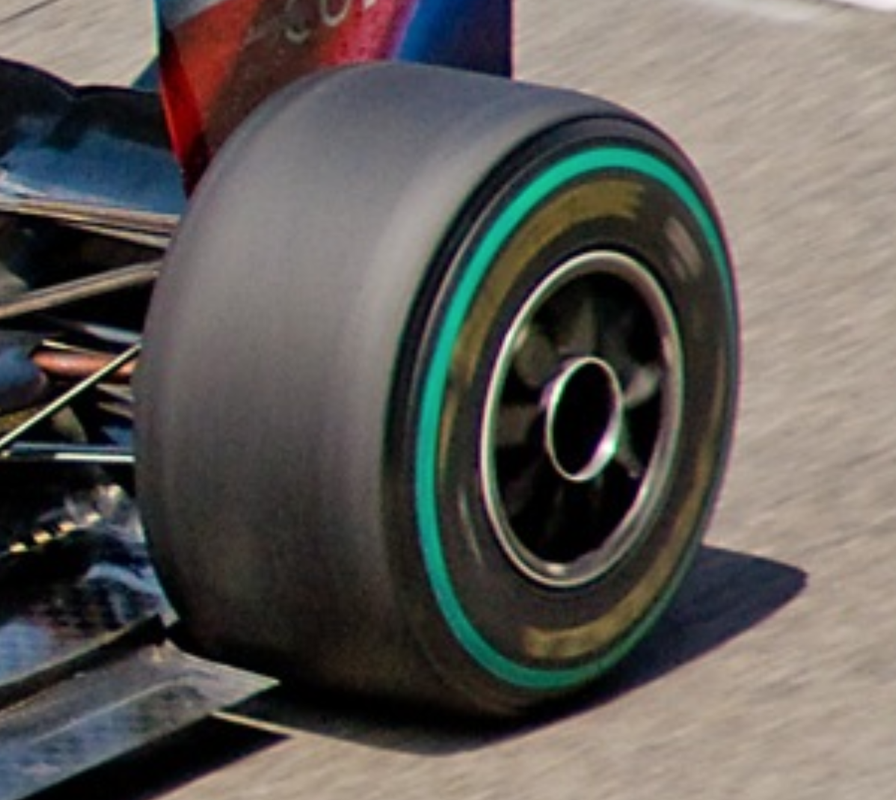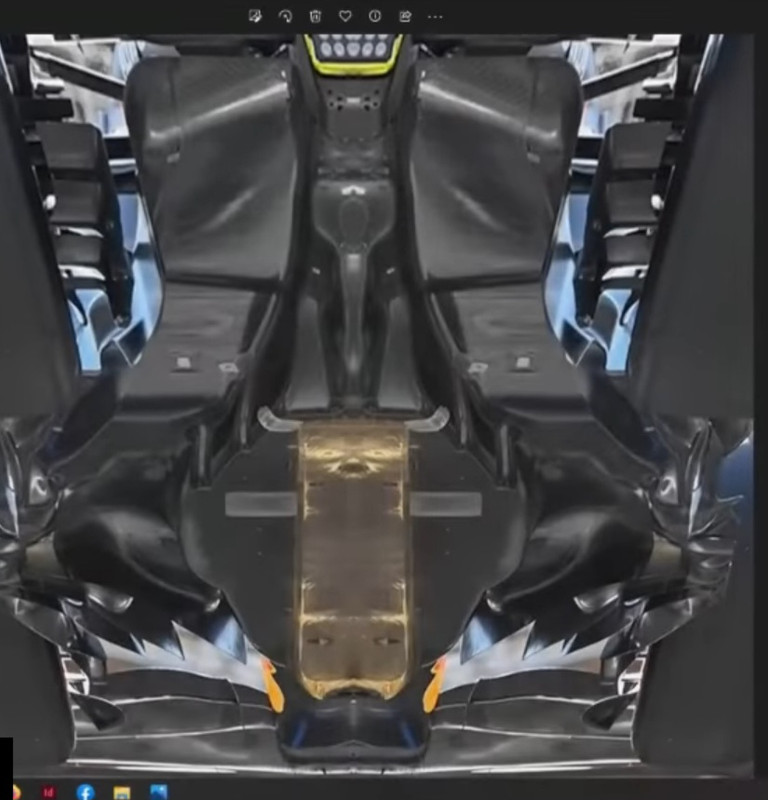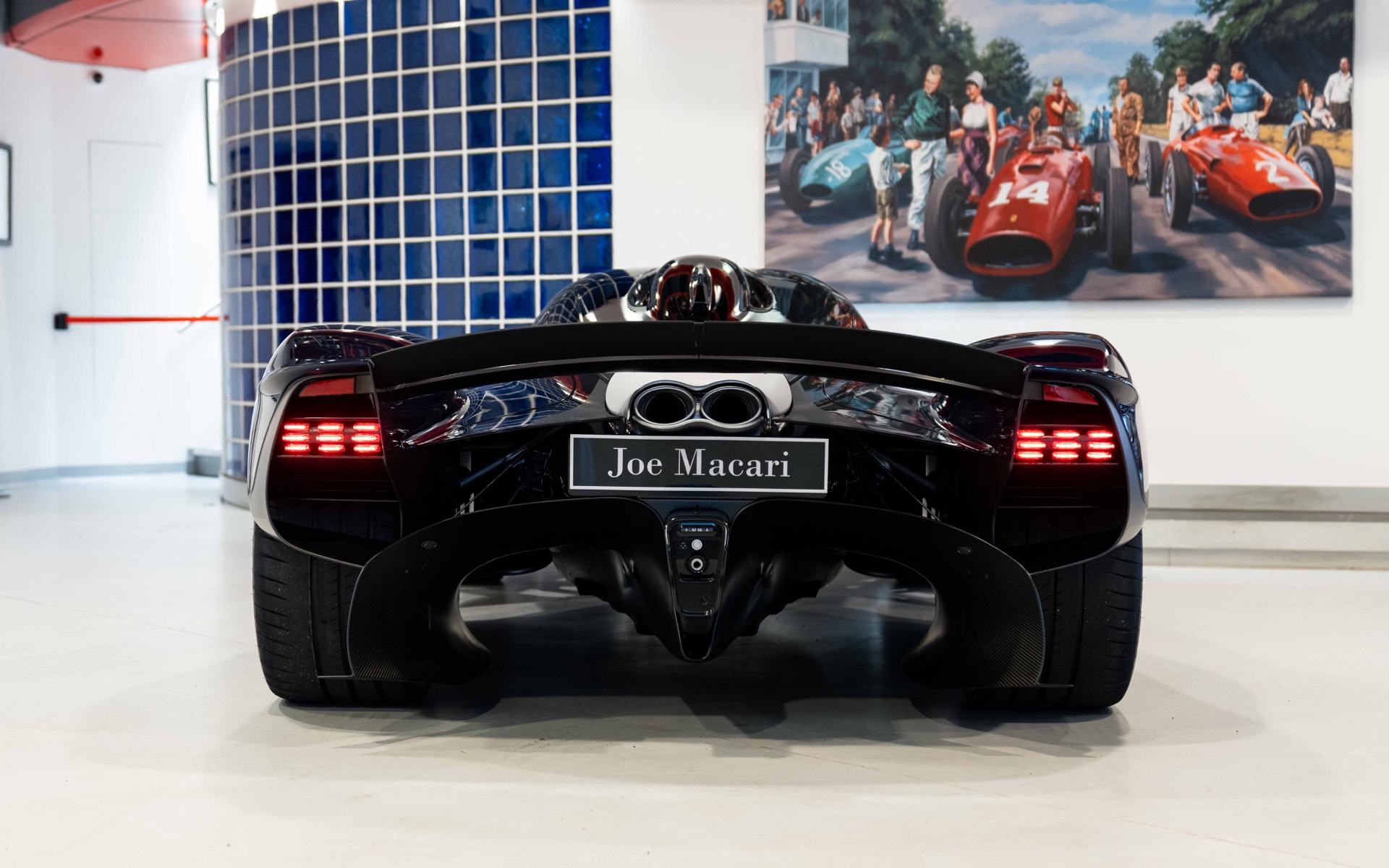AR3-GP wrote: ↑06 Sep 2024, 20:08
If they cannot see the issue in the windtunnel, is it possible that the balance problems arise from the transient behavior of the aerodynamics? (i.e aero structures fail or don't respond as expected when the floor is moving between states of pitch, roll, and ride height)?
The mechanism that moves the windtunnel model in the windtunnel to the different positions of pitch, roll, and ride height is not a high speed motion system. It is slow. It's not designed to reproduce dynamic motions or study transient aero (measuring aero in a dynamic situation like shifting floor as the car enters corner and driver trail brakes and steers). It can only put the car into "states". If aero structures behave unpredictably or collapse during the transient ride stages, then it could explain the poor balance which is not apparent from the windtunnel data.
In other words, they know they have load at ride height A and at ride height B, but they can't check in the wind tunnel how the load transitions from ride height A to ride height B in a dynamic scenario like entering a corner. This could be where the failure in the real world is.
That's a good question, but there are two more important ones that precede it:
- what is the angular yaw limit of the work section (where the model and rolling road are)
- how stiff is the rolling road in extreme low ride height cases
With previous cars, you had loads of vortices in bargeboard area which generated the bulk of the front floor downforce and you had diffuser and vanes that generated the rear bulk. Neither was extremely dependant on complete flow stability on majority of the floor as the floors today are dependant. Wings were also more important relative to the floor and their performance in yaw is typically more stable than the floor. All of this meant that yaw limit in WT was less impactful and easier to correlate with CFD and thus translate to CFD simulations under yaw greater than WT yaw limit. Today, there seem to be quite a few challenges with floor performance under large yaw and how this translates to flow stability while cornering.
As for rolling road stiffnes, I think the subject is quite clear

AR3-GP wrote: ↑06 Sep 2024, 21:09
KimiRai wrote: ↑06 Sep 2024, 20:45
Sorry if it doesn't make any sense, I have no clue, but could McLaren's new wind tunnel have something that helps with this?
I don't know if it is the case for Mclaren, but from a technology point of view, these newer wind tunnels probably have faster model motion systems and if anything, the Red Bull windtunnel could potentially have a slower model motion system because it's so old (unless the motors inside the motion system had been upgraded since it was built)
There is actually a regulation addressing this aspect of the windtunnels. It is a speed limit for the wind tunnel's model motion system. This comes from Appendix 7, section 3e of the 2024 Sporting regulations:

I don't know how these model motion system speed limits compare with the rate of change of the ride height and yaw in the real world in a typical cornering scenario, but in theory you would be better off if you could replicate them in your windtunnel. It would add an additional dimension to your understanding.
Those limits are quite big, rolling rate limit of 1°/s is not as bad as the same yawing limit, but it's still probably 3-5 times slower than what happens to the real car. Front and rear ride height are same, 33mm/s is quite slow. I expect this is also 5-10 times slower than actual rates. The longer lasting period of time on track is the state itself, not the transition to that state.
If transition rates from state to state matched the order of magnitude of what happens on the track, I think WT models and moving mechanisms would have to be far sturdier to support much bigger dynamic loads. This would also mean much more powerful (thus bigger) servos that provide power to those mechanisms.
Replied to another thread, as this has nothing to do with RB20 itself






